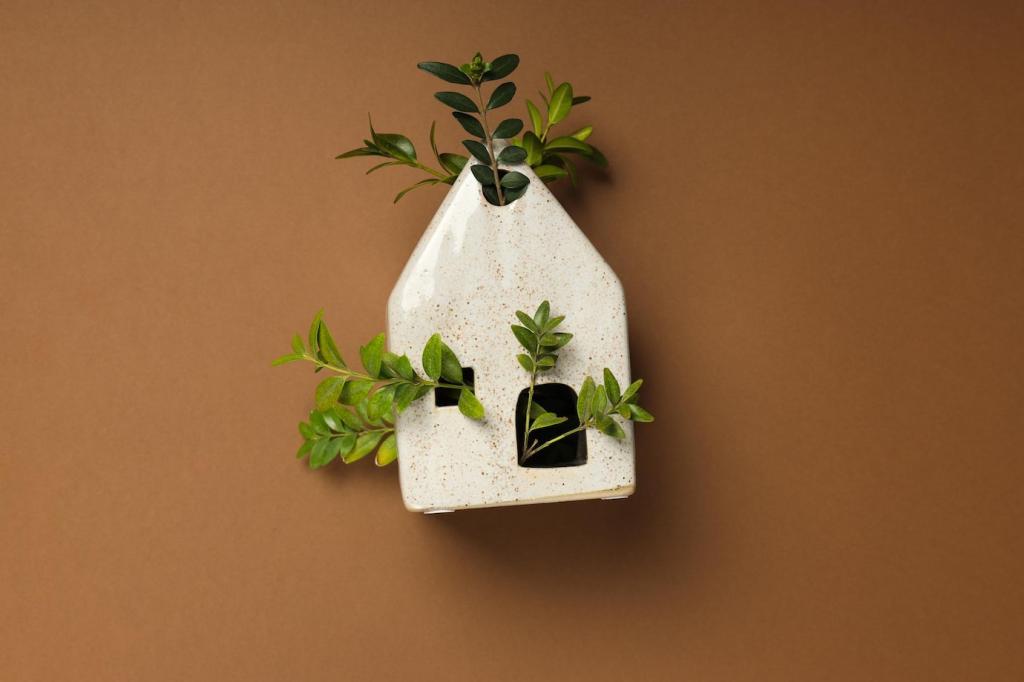The Low-Waste Micro Kitchen
Rely on an induction cooktop, a compact convection oven, and an energy-smart fridge. Vertical pan storage and magnetic knife strips free the counter. Which single tool earned permanent space in your tiny kitchen and why?
The Low-Waste Micro Kitchen
Pair an aerated faucet with a shallow, wide sink and a greywater pre-filter for plants. A countertop drying rack folds flat after use. Tell us how you balance washing efficiency with limited freshwater and storage.
The Low-Waste Micro Kitchen
Standardize jars, label lids, and use a narrow, pull-out pantry to keep ingredients visible. Batch-cook, then freeze in stackable containers that fit your freezer precisely. What’s your best trick for preventing pantry clutter in tight quarters?
The Low-Waste Micro Kitchen
Lorem ipsum dolor sit amet, consectetur adipiscing elit. Ut elit tellus, luctus nec ullamcorper mattis, pulvinar dapibus leo.








